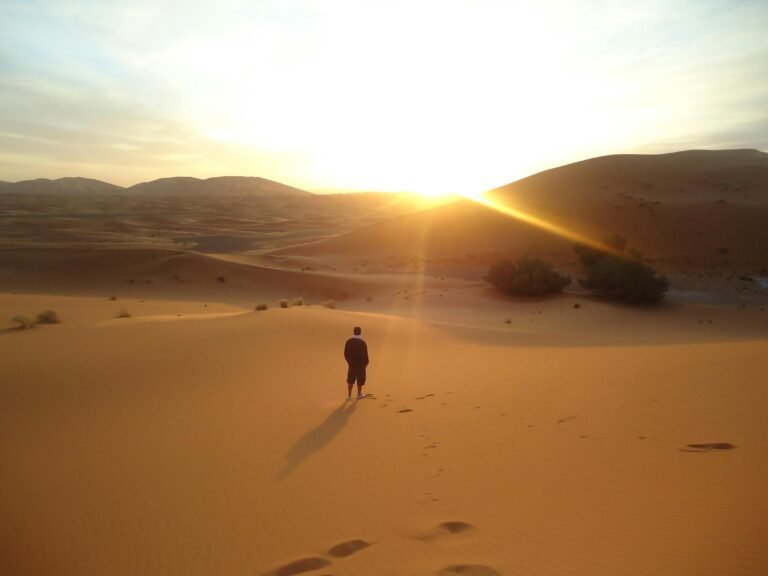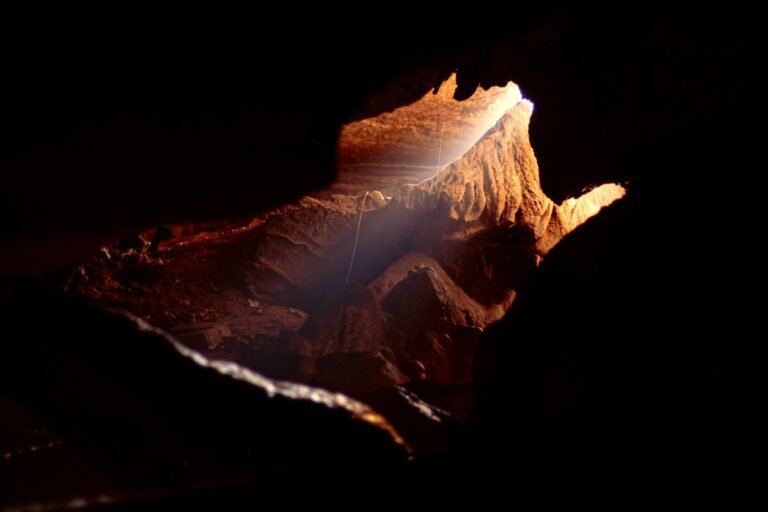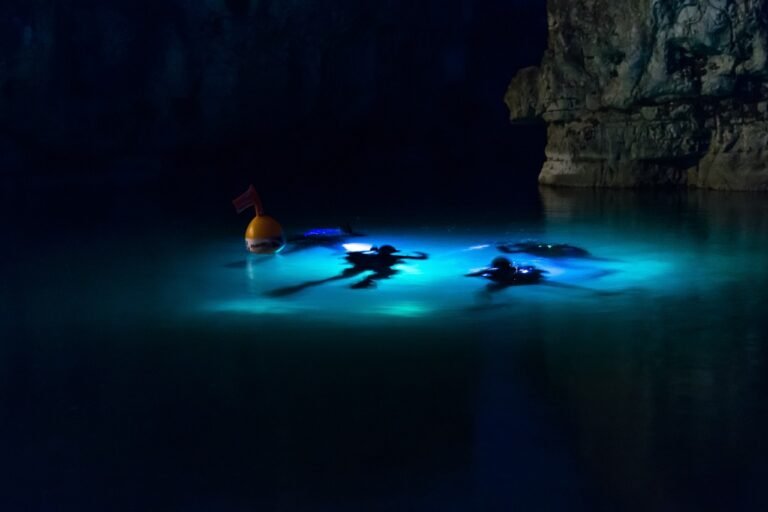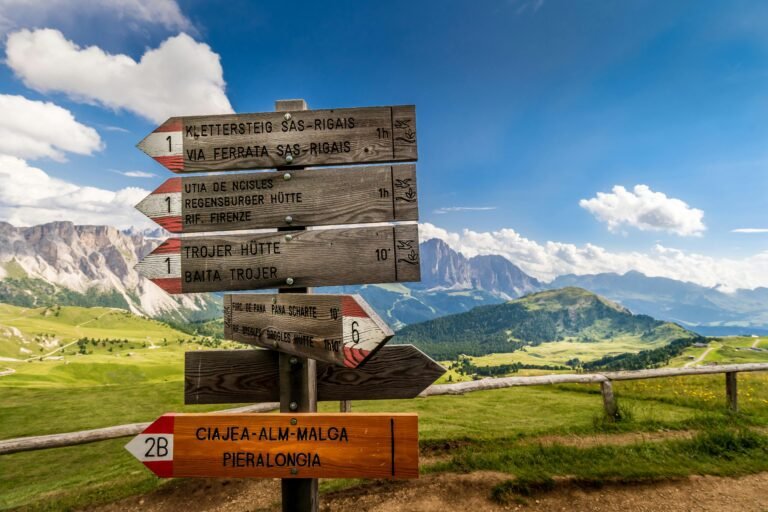The Best Desert Trekking Snacks to Stay Fueled and Hydrated

Desert trekking strips life down to the essentials. Out there, it’s just you, the heat, and the endless expanse of sand. I’ve walked my share of desert trails, and if there’s one thing I’ve learned, it’s that the snacks in your pack aren’t just about filling your stomach—they’re about survival.
The desert is brutal. There’s no shade, no easy access to water, and no forgiveness for mistakes. Lose even a little fluid, and suddenly you’re sluggish, unfocused, and vulnerable. That’s why packing the right food is critical.
This guide is about the snacks that have kept me going on long, hot trails. They’re light, simple, and built for endurance—just like the desert itself. Whether you’re tackling a quick hike or an extended trek, these tips will keep you fueled and hydrated so you can enjoy the beauty of the sands without getting wiped out.
Characteristics of the Best Desert Trekking Snacks
When you’re trekking through the desert, your snacks need to work as hard as you do. Here are the key traits I always prioritize:
Portability
- Snacks should be lightweight and easy to pack.
- Look for compact options that don’t take up much space in your bag.
- Examples: energy bars, small resealable bags of trail mix.
Non-Perishable
- The desert heat can spoil food quickly, so durability matters.
- Stick to snacks that can withstand high temperatures and last for days.
- Examples: dried fruits, nuts, jerky.
Energy-Dense
- Trekking burns a ton of calories, and you’ll need to refuel efficiently.
- Choose snacks with a high calorie-to-weight ratio to sustain your energy levels.
- Examples: nuts, seeds, and calorie-dense bars.
Hydration Boosting
- Hydration is critical in a desert environment.
- Opt for snacks that either contain water or support fluid retention with electrolytes.
- Examples: cucumbers, electrolyte tablets, and dried fruits like apricots.
By sticking to these four characteristics, you’ll have snacks that keep you energized and prepared for whatever the desert throws your way.
Top Energy-Packed Snacks for Desert Treks

When you’re trekking in the desert, energy-packed snacks are non-negotiable. You need fuel that’s lightweight and efficient, but also satisfying. Over the years, these options have become my go-to choices:
Nuts and Seeds
- Why They Work: Nuts and seeds are calorie-dense, packed with protein, and loaded with healthy fats. They provide long-lasting energy without taking up much space.
- Examples: Almonds, cashews, sunflower seeds, pumpkin seeds.
- Pro Tip: Choose raw or lightly roasted options without too much salt to avoid unnecessary dehydration.
Trail Mix
- Why They Work: This classic combo of nuts, dried fruits, and sometimes chocolate or yogurt chips is versatile and energy-rich. You get fats, sugars, and carbs in every handful.
- What to Look For: Pick trail mixes with minimal salt and skip those loaded with candy to avoid melting or sugar crashes.
- DIY Option: Make your own blend—almonds, raisins, dried cranberries, and a sprinkle of coconut flakes work great.
Energy Bars
- Why They Work: Energy bars are the ultimate in portability. They’re pre-packed, easy to eat on the go, and often designed to give you a balanced mix of carbs, protein, and fats.
- What to Look For: Bars with natural ingredients and balanced macros (carbs, protein, and fats) are your best bet. Avoid overly sugary options—they can spike and crash your energy.
- Examples: Brands like RXBAR, CLIF Bar, or homemade options with oats, honey, and nuts.
These snacks are staples in my pack, whether I’m on a short day hike or a multi-day trek. They’re reliable, lightweight, and give you the energy to keep moving forward—even when the sun’s beating down on you.
Hydration-Friendly Snacks for Desert Adventures

Staying hydrated in the desert isn’t just about drinking water—it’s about making smart food choices too. Some snacks can help you maintain your fluid levels while keeping your energy up. Here are my top hydration-friendly picks:
Dried Fruits
- Why They Work: Dried fruits like mangoes, apricots, and raisins are packed with natural sugars for quick energy. They also contain small amounts of electrolytes like potassium, which help balance your hydration.
- Pro Tip: Go for unsweetened varieties to avoid unnecessary added sugar, and pair them with nuts for a more balanced snack.
Fresh Fruits with High Water Content
- Why They Work: Fresh fruits are not just refreshing—they’re full of water and electrolytes. They’re great for a hydration boost during breaks.
- Examples: Oranges (easy to peel and juicy), watermelon chunks (packed in a sealed bag), and even grapes.
- Pro Tip: Keep fresh fruits in an insulated pouch or cooler to prevent spoilage.
Electrolyte Supplements
- Why They Work: While not technically snacks, electrolyte tablets or powders are lifesavers in the desert. They replenish the sodium, potassium, and magnesium your body loses through sweat.
- How to Use: Mix them into your water for an instant hydration upgrade. Look for options with minimal sugar.
Cucumber and Celery Sticks
- Why They Work: These veggies are natural hydration heroes, with high water content and a light crunch that makes them easy to snack on.
- Pro Tip: Pack them in small, resealable bags and eat them during rest stops for a refreshing bite.
The desert drains your body of moisture faster than you think. By choosing snacks that help you hydrate, you’re not just recharging your energy—you’re ensuring you can keep going safely.
Best Heat-Resistant and Non-Perishable Snacks

In the desert, the sun can turn ordinary snacks into a sticky, melted mess. That’s why I rely on snacks that hold up under heat and last for days without refrigeration. Here are my tried-and-true options:
Beef Jerky or Plant-Based Jerky
- Why It Works: Jerky is lightweight, high in protein, and doesn’t need refrigeration. It’s perfect for keeping your muscles fueled during long treks.
- Options to Consider:
- Traditional beef jerky for a savory, protein-packed snack.
- Plant-based alternatives like mushroom or soy jerky for a vegetarian option.
- Pro Tip: Look for low-sodium varieties to avoid excessive thirst.
Rice Cakes or Crackers with Nut Butter Packs
- Why It Works: Rice cakes and crackers are light and provide quick carbs, while nut butter adds healthy fats and protein. The combination offers sustained energy in a compact form.
- How to Pack: Bring single-serving nut butter packs to avoid mess and make it easy to eat on the go.
- Pro Tip: Add a sprinkle of dried fruit or honey on top for a flavor boost.
Dehydrated Meals or Snacks
- Why It Works: Dehydrated foods are ultra-lightweight and space-saving, making them ideal for longer treks. Some options can even be eaten dry, while others just need a little water to rehydrate.
- Examples: Dehydrated fruits, vegetables, or even full meals like instant rice or lentil soups.
- Pro Tip: Choose brands designed for hiking or camping—these often have higher nutritional value and are easy to prepare.
Snacks like these won’t melt, spoil, or crumble under the desert heat. They’re your reliable companions when temperatures soar, ensuring you stay energized and focused on the trail ahead.
How to Pack Snacks for Desert Treks

Packing snacks for a desert trek isn’t just about what you bring—it’s about how you pack them. The way you organize your food can make a big difference in keeping things fresh, accessible, and easy to manage while you’re on the move. Here’s how I do it:
Use Resealable, Lightweight Packaging
- Why It’s Important: Resealable bags and lightweight containers minimize waste and keep your snacks fresh. They also make it easy to portion out what you need for each day.
- Examples: Silicone or reusable zip bags for dried fruits and nuts. Small containers for powders like electrolytes.
- Pro Tip: Label each bag or container with its contents so you can grab what you need quickly.
Insulate Perishable Items
- Why It’s Important: Even the best snacks can spoil in extreme heat. If you’re bringing fresh fruits or snacks with a short shelf life, keep them cool.
- How to Do It:
- Wrap items in aluminum foil for added insulation.
- Use a small, lightweight cooler or insulated pouch if you’re trekking with a group.
- Pro Tip: Pack perishables in the center of your bag, surrounded by other items to shield them from the heat.
Prioritize Accessibility
- Why It’s Important: You don’t want to stop and unpack your entire bag every time you’re hungry. Snacks should be easy to reach, even while you’re walking.
- How to Do It:
- Use side pockets or top compartments of your pack for snacks you’ll need frequently.
- Pre-portion individual servings so you can grab and go without making a mess.
Minimize Waste
- Why It’s Important: The desert is no place for trash. It’s essential to pack out everything you bring in.
- How to Do It:
- Bring a dedicated trash bag to carry out wrappers and food scraps.
- Opt for snacks with minimal packaging to reduce waste from the start.
Packing smart not only keeps your food fresh and accessible but also ensures you’re leaving no trace in the environment. A little preparation goes a long way toward making your trek smoother and more enjoyable.
Foods to Avoid in Desert Trekking

Not all snacks are suited for the harsh conditions of a desert trek. Some foods might seem convenient but can quickly become a burden—or worse, a liability. Over time, I’ve learned which snacks to avoid and why. Here’s the list:
Melting-Prone Foods
- Why to Avoid: In the desert heat, snacks with chocolate, high oil content, or frosting will melt, making a sticky mess in your bag.
- Examples to Skip: Chocolate bars, candy-coated snacks, and creamy protein bars.
- Pro Tip: If you can’t resist chocolate, opt for trail mix with chocolate chips—they’re smaller and less likely to create a mess.
Heavy or Bulky Foods
- Why to Avoid: Weight and space are at a premium in your pack. Heavy or oversized foods take up too much room without offering enough nutritional value.
- Examples to Skip: Canned goods, large loaves of bread, or bulky baked goods.
- Pro Tip: Replace heavy items with lightweight, calorie-dense options like nuts, seeds, or dehydrated meals.
Highly Processed, Salty Snacks
- Why to Avoid: Excess sodium can increase your thirst, which is the last thing you want when water is limited. Plus, overly processed snacks often lack the nutrients you’ll need for sustained energy.
- Examples to Skip: Potato chips, salted pretzels, and overly salty jerky.
- Pro Tip: Choose low-sodium alternatives or snacks with natural seasoning.
Perishables Without Proper Storage
- Why to Avoid: Foods that spoil easily, like dairy products or meats, can become dangerous to eat if they aren’t kept cool.
- Examples to Skip: Fresh cheese, milk, or unsealed leftovers.
- Pro Tip: If you need to bring perishables, pack them in an insulated bag and eat them early in the trek.
Knowing what to leave behind is just as important as knowing what to pack. Avoiding these snacks will save you from unnecessary hassle, wasted space, and potential discomfort on your desert trek.
Bonus: DIY Snack Ideas for Your Trek

Store-bought snacks are convenient, but there’s something satisfying about creating your own trail-ready food. DIY snacks allow you to customize flavors, control ingredients, and save money. Over the years, I’ve fine-tuned a few simple recipes that work well in the desert. Here are my favorites:
1. Homemade Energy Bars
- Why They’re Great: These bars are easy to make, portable, and packed with the nutrients you need for sustained energy.
- How to Make Them:
- Combine oats, peanut butter, honey, and your choice of add-ins like dried fruits, nuts, or seeds.
- Press the mixture into a pan, chill until firm, and cut into bars.
- Store in resealable bags for easy access.
- Pro Tip: Add a sprinkle of cinnamon or cocoa powder for an extra flavor boost.
2. Trail Mix Variations
- Why They’re Great: Making your own trail mix allows you to avoid overly salty or sugary store-bought options.
- How to Make Them:
- Start with a base of nuts and seeds (like almonds, cashews, sunflower seeds).
- Add dried fruits (like raisins, cranberries, or banana chips).
- Toss in extras like unsweetened coconut flakes or a handful of freeze-dried berries.
- Pro Tip: Include a small portion of dark chocolate chips for a treat that won’t melt easily.
3. Dehydrated Vegetables or Fruits
- Why They’re Great: Dehydrating your own snacks at home ensures you get fresh, preservative-free options that are lightweight and long-lasting.
- How to Make Them:
- Use a dehydrator or your oven to dry thin slices of bananas, sweet potatoes, or apples.
- Season veggie slices like zucchini or kale with a sprinkle of sea salt or spices before drying.
- Pro Tip: Store in airtight containers to preserve freshness.
4. DIY Electrolyte Drink Mix
- Why It’s Great: Store-bought electrolyte powders can be expensive. Making your own is easy and cost-effective.
- How to Make It:
- Mix salt (a pinch), sugar (a teaspoon), and a squeeze of fresh lemon or lime juice into your water.
- For a flavor boost, add a bit of powdered fruit or unsweetened drink mix.
- Pro Tip: Keep small pre-measured packets of the mix in your pack for convenience.
Creating your own snacks isn’t just practical—it’s empowering. You know exactly what’s going into your food and can tweak recipes to suit your tastes and needs. Plus, it’s a great way to prepare for the adventure ahead.
Conclusion
Desert trekking is a test of both your physical and mental endurance. But with the right snacks, you can keep your energy levels up, stay hydrated, and focus on the beauty of your surroundings instead of worrying about fatigue or thirst.
The snacks we’ve covered—from energy-packed nuts and jerky to hydration-friendly fruits and electrolyte supplements—are carefully chosen to tackle the challenges of the desert. By packing smart and avoiding foods that don’t hold up in the heat, you’ll set yourself up for a smoother and more enjoyable trek.
If you’ve got the time, consider making some of your own snacks to customize your trail mix or energy bars to fit your personal tastes. It’s a small effort that pays off big when you’re miles deep into the sands.
The desert can be harsh, but it’s also stunningly rewarding. With the right preparation, including thoughtful snack choices, you’ll not only survive but thrive on your trek. So pack your bag, plan your route, and take that first step onto the trail. The adventure is waiting!






